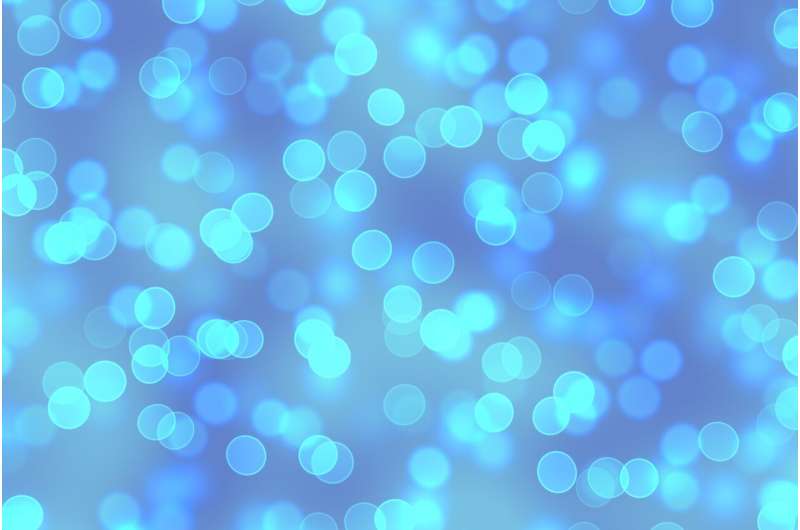30-year study of Crigler-Najjar syndrome underscores the need for new therapies

A new study summarizes more than 30 years of clinical experience and describes the clinical course of 28 individuals homozygous for damaging mutations in the UGT1A1 gene who were born between 1984 and 2015 with Crigler-Najjar syndrome. This morbid, life-threatening disorder is characterized by high levels of toxic bilirubin in the blood, which can lead to irreversible brain damage or death. The study yields novel insights about the pathophysiology of bilirubin encephalopathy, demonstrates principles of effective phototherapy, and provides a framework to judge emerging molecular therapies. The project was a broad collaborative effort led by clinicians and researchers at the Clinic for Special Children (CSC) and appears in the journal Hepatology.
The study cohort was followed for 520 aggregate patient-years and provided critical data regarding the effectiveness of phototherapy and liver transplantation therapies. Researchers used an index of neurological risk by measuring unbound ("free") bilirubin in patient blood sera to determine the binding of unconjugated bilirubin to albumin. Four infants (14%) developed brain damage between 14 and 45 days of life, demonstrating the need for early intervention for Crigler-Najjar syndrome.
Two systems of blue light therapy (i.e., phototherapy) were used to control bilirubin levels in the blood. Researchers found that starting phototherapy as early as possible is crucial; treatment delayed for more than 13 days after birth increased the risk of brain damage 3.5-fold. Consistent phototherapy kept bilirubin levels within safe limits throughout childhood, but average blood bilirubin increased with advancing age to reach dangerous concentrations by age 18 years.
Liver transplantation restored nearly 100% functional UGT1A1 enzyme activity and provided protection from brain damage. Seventeen of 28 patients (60%) received a liver transplant at a median age of 16.2 years. Bilirubin levels decreased dramatically within days after transplant and remained stable thereafter, eliminating the need for daily phototherapy. Post-transplant graft and patient survival were 100%. The researchers noted while liver transplantation provides an effective therapy, it entails well established short- and long-term risks.
Based on these observations, the authors conclude that despite advances in clinical care, Crigler-Najjar Syndrome remains a morbid and potentially fatal disorder, and there remains a critical unmet need for safer and more effective disease-modifying interventions that leverage emerging gene replacement and editing technologies.
More information: Kevin A. Strauss et al, Crigler‐Najjar Syndrome Type 1: Pathophysiology, Natural History, and Therapeutic Frontier, Hepatology (2019). DOI: 10.1002/hep.30959




















